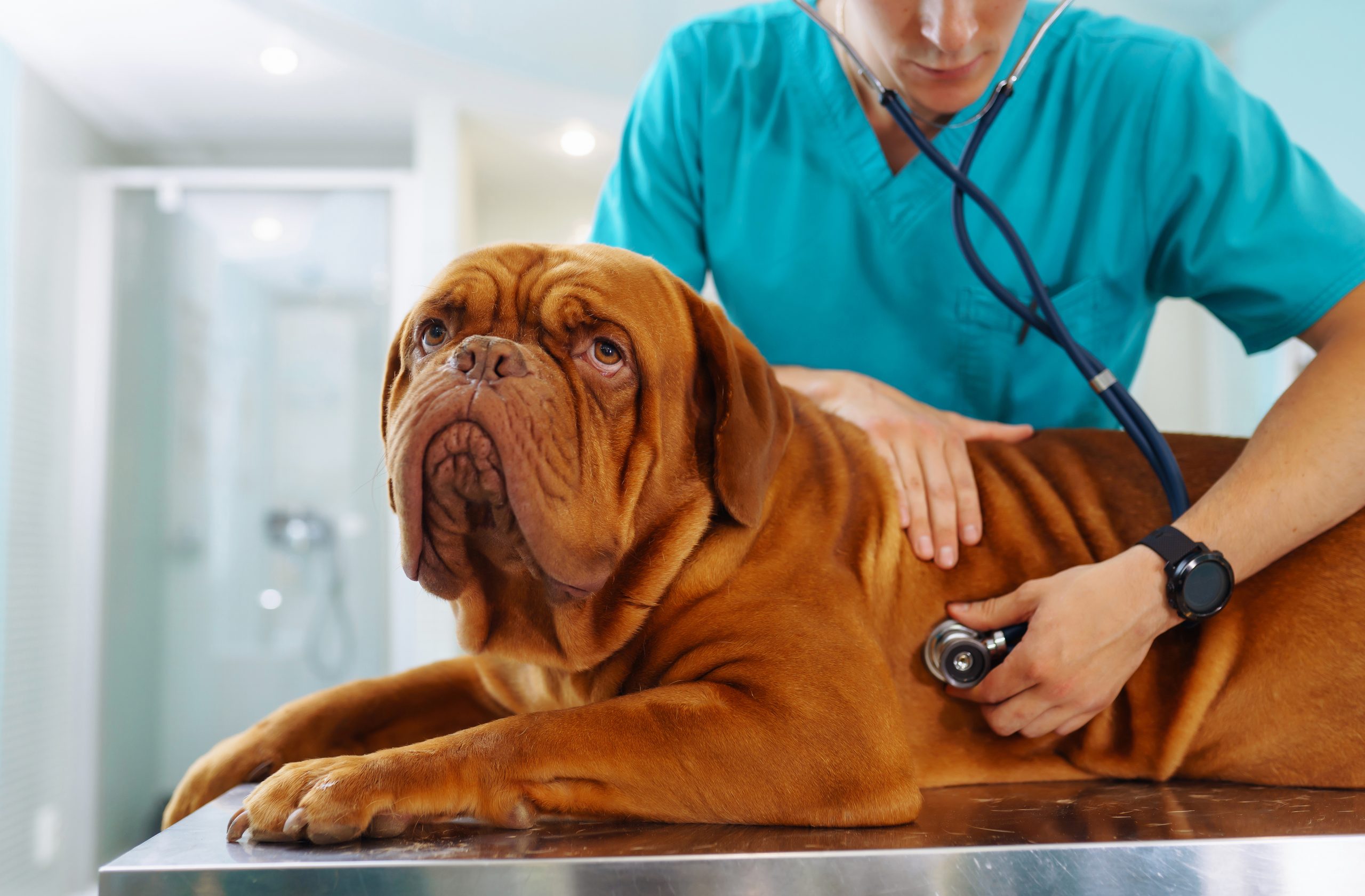Understanding the Needs of Older Pets
Aging pets have different needs than younger ones. As they grow older, they often develop chronic conditions, reduced mobility, and a higher sensitivity to stress. Therefore, regular checkups and careful monitoring become essential. In other words, we cannot treat them the same way we did when they were young. Older pets often find travel overwhelming, which can discourage families from keeping up with needed visits. By choosing care that comes to the home, we create a calmer environment that supports consistent medical attention without unnecessary strain.
Many families notice that their senior pets struggle with changes in routine. For example, a simple car ride to the clinic can raise anxiety levels, which may affect blood pressure and even appetite afterward. At-home visits remove this disruption and allow care to happen where pets feel safe. Consequently, they benefit not only from medical support but also from emotional comfort that makes ongoing care more effective.
Stress Reduction Through Familiar Settings
Calm surroundings matter most for aging animals. When we provide care in a familiar place, stress hormones are lower, making exams easier and more accurate. That is to say, the pet’s true health picture is clearer without the anxiety spikes caused by a clinic setting. Our team sees how relaxed pets are when they can stay on their bed or favorite spot during a checkup.
For instance, dogs with arthritis often dislike the slippery floors of a clinic. Similarly, cats that once tolerated travel may now hiss or hide at the first sign of a carrier. By staying at home, these pets avoid pain or fear before the exam even starts. Moreover, senior pets with heart issues or breathing problems especially benefit from reduced stress since calm conditions prevent unnecessary strain.
Monitoring Chronic Health Conditions at Home
Senior pets are more likely to face conditions such as kidney disease, arthritis, or diabetes. Regular monitoring is essential, and it is easier when done at home. After that, treatment plans can be adjusted smoothly based on real, accurate results. Our team can observe how pets eat, move, and behave naturally in their daily space, which often gives more insight than a clinic visit.
For example, we can check a diabetic pet’s food routine right at the kitchen bowl. Likewise, mobility checks are more reliable on the floors and stairs they use every day. This approach supports better long-term outcomes because care is shaped around the pet’s real lifestyle. In addition, families can ask questions about how daily routines affect health, leading to practical adjustments they can manage comfortably.
Comfort for Pets With Limited Mobility
Movement challenges are common for older pets. Lifting them into cars or carriers can cause pain, and for large dogs, it may not even be possible. Consequently, some families delay care because the effort feels overwhelming. At-home visits solve this barrier and allow pets to receive timely attention without physical strain.
Our team often works with dogs that cannot jump into vehicles anymore. Likewise, cats with stiff joints may refuse to be placed in carriers, creating unnecessary stress for both pet and owner. With in-home visits, pets remain comfortable while still receiving quality care. Above all, this option keeps their dignity intact while ensuring their health is never neglected because of mobility limits.
Support for Families and Caregivers
Caring for senior pets requires patience and time. Families often feel unsure if they are doing enough. During in-home visits, we provide guidance on diet, exercise, and daily comfort measures right where they matter most. To clarify, advice is more practical when it is given while looking directly at the pet’s living environment.
For example, we can suggest changes to bedding for arthritic joints or point out simple adjustments to feeding routines that make life easier. Moreover, families often appreciate that questions can be answered on the spot without waiting for another trip to a clinic. As a result, they feel more confident in supporting their pet’s final years with comfort and love.
A Better Experience for End-of-Life Care
One of the hardest times for families is saying goodbye to a beloved pet. At-home veterinary care allows this to happen in a peaceful setting surrounded by familiar scents and loved ones. That is to say, it avoids the stress of traveling during a deeply emotional moment.
Our team knows how much it matters for pets to rest calmly in their favorite place. Likewise, families feel comforted knowing they provided dignity and care right until the end. While this stage is difficult, in-home support ensures that the focus remains on love, connection, and peace rather than stress and fear.
The Role of Mobile Veterinary Services
The growth of in-home services has changed how we care for senior pets. With mobile veterinary options, families gain access to the same level of care without leaving home. Services can include exams, blood work, vaccinations, and comfort-focused treatments, all done in familiar surroundings.
This approach also improves scheduling, since families do not need to plan around long clinic waits. Similarly, it supports pets with special needs who might otherwise avoid visits. In short, mobile services make veterinary care more accessible and more compassionate for aging pets.
Building Health Plans for Older Pets
Consistency is key for senior health. Routine visits help catch issues early, and in-home care makes these visits less stressful and easier to arrange. Therefore, families are more likely to follow through on recommended schedules. Our team often sets up tailored care plans that balance medical needs with the pet’s daily comfort.
For instance, we may recommend shorter, more frequent visits to check arthritis progression or kidney function. In the same vein, we might provide guidance on supplements or dietary shifts. By aligning care with the pet’s home life, we ensure treatments are practical and sustainable, supporting both health and happiness in later years.
Practical Advice for Home Comfort
Small changes can make a big difference for aging pets. Thicker bedding reduces pressure on joints, while non-slip rugs prevent accidents. In addition, raised food and water bowls can ease strain on the neck and back. During visits, we often share these tips while observing the pet’s living space, so advice is tailored and useful.
Cats may need litter boxes with lower sides for easy access, and dogs may benefit from gentle ramps instead of stairs. Likewise, monitoring weight helps keep pressure off joints and supports overall well-being. These changes may seem simple, but together they create a more supportive home environment that enhances quality of life for senior pets.
How Families Can Prepare for At-Home Visits
Preparation makes in-home visits smooth and stress-free. Before the vet arrives, it helps to have the pet in a calm space where they feel secure. Toys, blankets, or familiar scents can encourage relaxation. To clarify, pets should not be forced into the process but rather guided gently.
We also suggest keeping medical records and a list of concerns ready for discussion. For example, note changes in appetite, water intake, or behavior. Moreover, preparing treats or rewards can make the experience positive for the pet. This preparation ensures that visits are efficient and that every important detail is addressed.
Encouraging Families to Reach Out
Senior pets deserve the same attention and comfort they have always given us. With in-home care, we can provide both medical support and emotional ease. If you feel your aging pet would benefit from this type of service, reach out today through our contact us page. Our team is ready to help you make your pet’s later years as comfortable and healthy as possible.
FAQ
What types of services are usually offered during at-home visits?
Services often include physical exams, blood work, vaccinations, chronic disease management, and comfort-focused treatments.
Is at-home veterinary care more expensive than clinic visits?
Costs vary, but many families find the value worthwhile since stress, travel, and time are reduced.
Can senior pets with serious conditions still be treated at home?
Yes, many treatments and monitoring tasks can be handled at home, though some advanced procedures may still require a clinic.
How often should older pets be checked by a vet at home?
Most senior pets benefit from checkups every six months, but frequency can vary based on health conditions.
What can families do between visits to support their senior pets?
Families can monitor appetite, mobility, and behavior while making small changes in bedding, food routines, and daily comfort measures.






